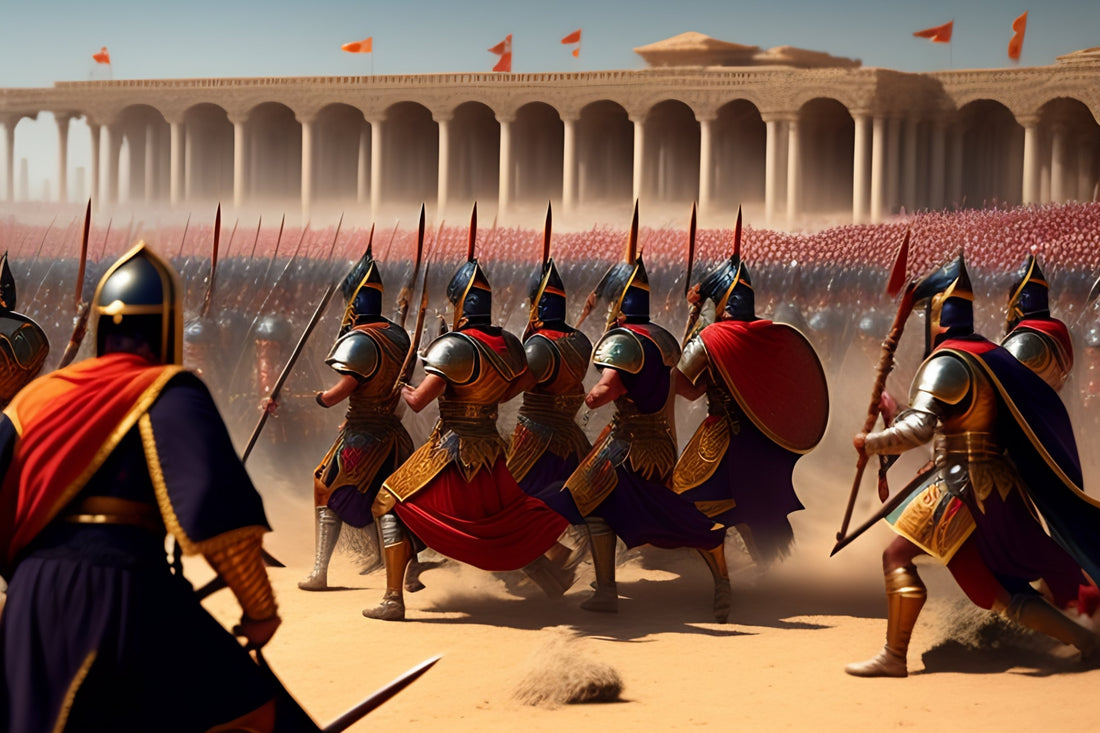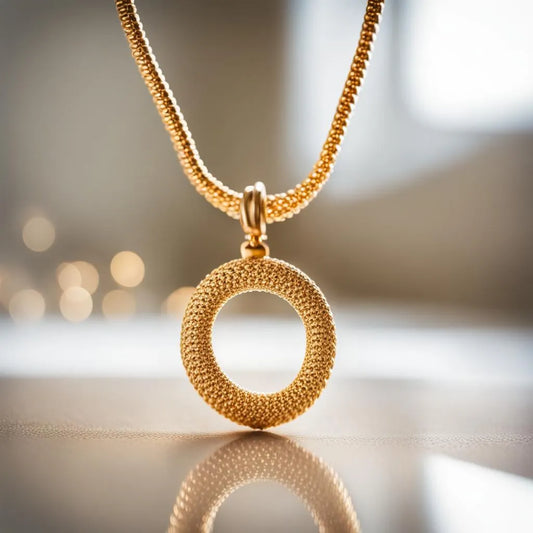Rome was one of the most innovative and successful empires in world history. It stretched from Europe to North Africa and encompassed cultures from three different continents. This made for some of the most famous battles ever fought in human history, which were enabled by Rome's weapons engineering techniques. Here is a breakdown of some of Rome’s weapons:
The Gladius Sword
This sword was Rome’s primary infantry weapon. It was used in close combat, with soldiers wielding it with both hands as an offensive and defensive weapon. The circular hilt protected the user’s hand while wielding it, while the blade itself measured between eighteen and twenty-four inches long. The gladius was capable of cutting through armor and flesh alike without significant damage to its edge or point.
The gladius sword was so effective that it became the symbol of Roman military might, and its design was later adopted by many other cultures.
During the Second Punic War, the Roman general Scipio Africanus famously used his Gladius to kill the Carthaginian general Hasdrubal in single combat. This feat is often cited as a prime example of the effectiveness of the Gladius in close combat.
The Pilum Spear
The pilum spear was the Roman’s most iconic throwing weapon and was responsible for their military successes against larger armies. It consisted of a wooden shaft with an iron tip measuring about two feet long, attached to a chain at its base which connected it to the assailant’s shield or scutum. When fired, this chain would wrap around whatever object it came into contact with, preventing them from being retrieved after being thrown, thus reducing the chances of it being used against them again during the battle.
While the inventor of the Pilum spear is unknown, we do know that it was widely used by the Roman army and was a critical weapon in Roman military tactics.
During the Battle of Pydna in 168 BC, the Roman army employed a new formation that involved hurling their Pilum Spears in unison at the enemy. This tactic was so effective that the Macedonian phalanx was broken, resulting in a decisive Roman victory.

Plumbatae Darts
These darts were designed to be used as ranged weapons from throwing distances up to thirty meters away. These darts had leather straps that were designed for throwing accuracy and stability when released from a distance by a soldier. Weighted iron heads ensured enough penetration when making contact with an enemy target at close range since they used iron points instead of lead ones which are much lighter but less lethal upon impact.
The use of weighted darts as a throwing weapon dates back to ancient times, and it is possible that the Plumbatae was inspired by similar weapons used by other cultures, such as the Greek Amentum.
The Roman Empire grew from humble beginnings in the 8th century BCE to dominate the Mediterranean region and much of Western Europe. How exactly did this happen? We will explore the factors that create the powerful Roman Empire that we remember today.
Ballista and Catapult/Onager
Ballista and catapults were siege engines responsible for flooding city walls with lethal projectiles like stones or javelins during sieges. Marksmen, using them could render great damage even beyond city walls if proper firing angles were calculated beforehand. They weighed upwards of 4 tons each but could still be easily moved around battlefields due to special wheeled platforms they rested on when not deployed, though their transport over rough terrain was difficult due to their weight.
Romans called the catapult “a kick of a wild donkey”, hence the later name of the machine, onager or donkey. The name "Onager" comes from the Latin word for "wild ass", as the weapon was said to kick like a wild ass when fired.
-
There were several types of catapults used in ancient Rome, including the ballista, the onager, and the Scorpio. Each type had its own unique design and capabilities, and they were used for different purposes.
-
Catapults were not just used for military purposes - they were also used for entertainment. In ancient Rome, public spectacles were held in which gladiators would fight or animals would be hunted using catapults and other siege engines.
Naval Artillery
Rome developed perhaps one of the ancient world’s earliest examples of naval artillery, giving them another edge during maritime warfare. Large wooden vessels called triremes were constructed according to intricate plans derived from grapnel crossbows, catapults & battering rams which allowed protection & offense at sea due to oars being driven directly to movement so no wind power was needed -allowing greater credibility than other powers nearby who hadn't implemented such tech yet.
Did you know that the Roman Empire was the largest, most successful, and most powerful civilization in the world at its peak? For over a thousand years, Rome stretched across Europe, North Africa, and the Middle East. But just how big was it at its height? Read on to discover more about the size of one of the greatest civilizations known to man!




